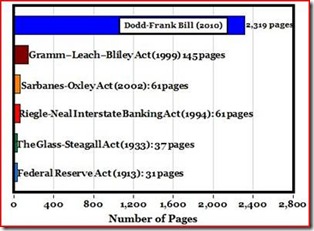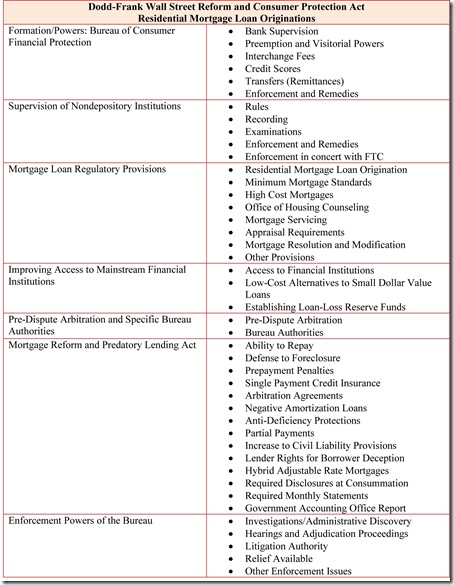On August 15, 2011, the U. S. Department of Housing and Urban Development (HUD) issued Mortgagee Letter (2011-28), entitled Trial Payment Plan for Loan Modifications and Partial Claims under Federal Housing Administration's Loss Mitigation Program.
The purpose of the trial payment plan is to confirm a borrower's readiness and ability to make regular monthly mortgage payments and avoid re-default.
This Mortgagee Letter (ML) identifies circumstances under which borrowers must successfully complete a trial payment plan, prior to the lender executing a loan modification or a partial claim action under the Federal Housing Administration's (FHA) Loss Mitigation Program.
In addition, the ML announced the time requirements for lenders to complete permanent loan modification and partial claim documents in order to receive an incentive fee.
- Additionally, the ML provides Appendix A: Reporting Requirements for Type II Special Forbearance / Trial Payment Plans.
- This ML supersedes Mortgagee Letters 2000-05 and 2002-17 with respect to guidance pertaining to trial payment plans.
- Relevant Mortgagee Letters: 2000-05, 2002-17, 2003-19, 2006-15, 2008-21, and 2009-35.
Effective: October 1, 2011
PREREQUISITES
The ML requires successful completion of a trial payment plan as a prerequisite for a lender executing a permanent standard modification and/or partial claim in the following situations:
- If a borrower has been delinquent (30 or more days) twice or more in the preceding 12 months;
- If a borrower has been delinquent for 90 days or more (three or more consecutive payments past due) in the preceding 36 months;
- If a borrower has defaulted within 90 days of a previous loss mitigation retention option (special forbearance, loan modification, and partial claim) executed in the past 12 months;
- If the financial analysis reflects a borrower has a net surplus income of less than 20 percent of total net income;
- If less than 14 months have elapsed since the origination of the loan;
- If the amount added to the loan balance in a loan modification or the amount of the partial claim exceeds 10 percent of the unpaid principal balance;
- If the borrower failed a trial payment plan for FHA's Making Home Affordable Program (FHA-HAMP); or
- If the borrower determines that a trial payment plan is necessary to demonstrate the borrower's ability to sustain the modified payment.
TRIAL PAYMENT PLAN GUIDELINES
The trial payment plan should be for a minimum period of three (3) months and the borrower should make at least three (3) full, consecutive monthly payments prior to final execution of the loan modification or the partial claim.
Reporting requirements are outlined in Appendix A of the ML.
In addition, under no circumstances may a lender include language in any loss mitigation documents which requires borrowers to waive their rights to be considered or approved for a loss mitigation option.
Loan Modifications
The rate for the trial payment plan and the permanent modified mortgage must be in compliance with Mortgagee Letter 2009-35, which defines the Market Rate to be "no more than 50 basis points greater than the most recent Freddie Mac Weekly Primary Mortgage Market Survey Rate for 30-year fixed-rate conforming mortgages (US average), rounded to the nearest one-eighth of one percent (0.125%), as of the date the permanent modification is executed. The weekly survey results are published on the Freddie Mac website. The Federal Reserve Board includes the average 30-year survey rate in the list of Selected Interest Rates that it publishes weekly in its Statistical Release H.15 (See Here).
The final payment under the permanent modification must be the same or less than the trial mortgage payment.
Accordingly, this ML amends the aforementioned Mortgagee Letter 2009-35 by requiring the permanent rate to be established when the trial payment plan is approved by the servicer.
The approval date is the date the servicer offers the trial payment plan to the borrower.
In addition, mortgages in Ginnie Mae's Mortgage Backed Securities (MBS) must meet Ginnie Mae's repurchase requirement(s), prior to executing final modification documents. See Here.
Partial ClaimsIn addition, mortgages in Ginnie Mae's Mortgage Backed Securities (MBS) must meet Ginnie Mae's repurchase requirement(s), prior to executing final modification documents. See Here.
For partial claims, the monthly payment during the trial period must be the same as the regularly scheduled payment.
The lender must service the mortgage during the trial period in the same manner as it would service a mortgage in forbearance.
TRIAL PAYMENT PLAN FAILURE
Foreclosure action must be suspended during trial payment plans.
In the event a trial payment plan fails, an additional 90-day extension is provided in which the mortgagee must commence or recommence foreclosure or initiate another loss mitigation option.
If the trial payment plan fails, before commencing or continuing a foreclosure, the lender must re-evaluate the borrower's eligibility for other appropriate loss mitigation actions.
A trial payment plan is considered to have failed and is deemed broken when any of the following occurs:
A trial payment plan is considered to have failed and is deemed broken when any of the following occurs:
- The mortgagor vacates or abandons the property; or
- The mortgagor does not make the scheduled trial plan payment within 15 days of the trial payment plan due date.
AUTOMATIC EXTENSIONS
If a borrower is unable to complete a trial payment plan within the initial six-month time limit from the date of default (see 24 CFR § 203.355), the lender is allowed a 90-day extension of the foreclosure deadline provided the initiation of a loss mitigation option (including a trial payment plan) was begun prior to the expiration of the initial six month period.
Therefore, if there have been no other intervening delays (such as bankruptcy) this "automatic" extension will extend the six (6) month deadline to initiate foreclosure by 90 days.
To qualify for the automatic extension, the lender must have completed the loss mitigation evaluation required by 24 CFR § 203.605 and approved the appropriate loss mitigation action.
Documentation of this analysis must be maintained in the claim review file.
In addition, the loss mitigation initiative must be reported via the Single Family Default Monitoring System (SFDMS).





